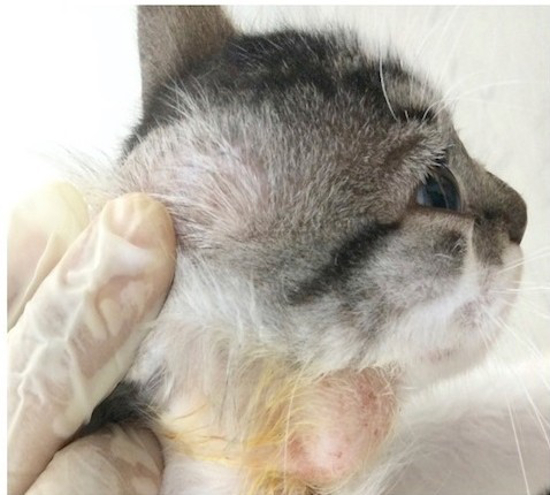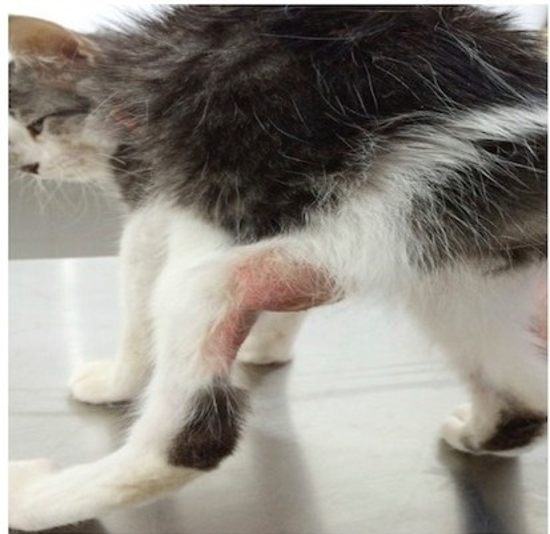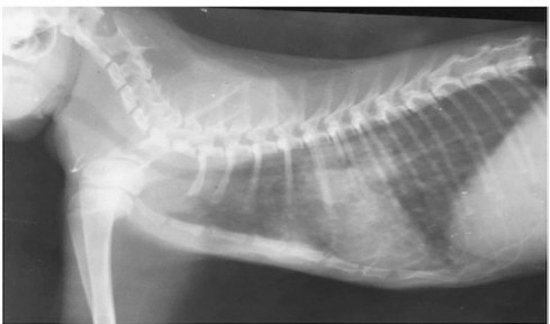A. de Sousa Alves1; E. Lucena de Oliveira2; S. Barros Araújo3; J. da Silva Ferreira1; Gomes de Medeiros4; A. Pereira de Souza5
Introduction
Tuberculosis is an important zoonosis and one of its main causative agents is Mycobacterium bovis, which is part of the Mycobacterium tuberculosis complex.
Objectives
This article aims to report a case of Mycobacterium bovis infection in a domestic cat, emphasizing its clinical and therapeutic aspects.
Methods
A 6-month-old male feline, mongrel with a history of ingestion of unboiled cow’s milk and after developed signs of anorexia, unproductive cough and lymphadenomegaly. At the physical examination, he had enlargement of mandibular, pre-scapular and popliteal lymph nodes; leukocytosis by neutrophilia on the BCC and in the radiographic examination it was possible to evidence a mixed pulmonary pattern. Additional, cytological and polymerase chain reaction (PCR) tests were performed for a better diagnosis. Then, Ziehl-Neelsen stains were made and we observed a marked amount of bacteria acid type bacilli acid resistant, compatible with Mycobacterium spp. An incisional biopsy of the popliteal lymph node was performed, fixed in 10% formalin for histological processing and immunohistochemistry (IHC). The anti-Mycobacterium spp. antibody was used, checking strong immunostaining in the analyzed tissue. In view of the suspicion of Mycobacterium infection, the combination therapy of 3 antimicrobials (Enrofloxacin 5 mg/kg, clarithromycin 10 mg/kg, and rifampicin 15 mg/kg) was administered orally.
| Figure 1. Enlarged submandibular lymph node in cat | 
|
|
| |
| Figure 2. Increased popliteal lymph node in cat | 
|
|
| |
| Figure 3. Mixed pulmonary pattern on chest radiography in a cat | 
|
|
| |
Results
The animal responded positively, presenting a significant decrease in clinical signs.
Conclusions
It is concluded that the treatment in cats with tuberculosis can cause improvement of clinical signs and that although rare in Brazil, this disease must be included as a differential diagnosis of infectious diseases in this species.